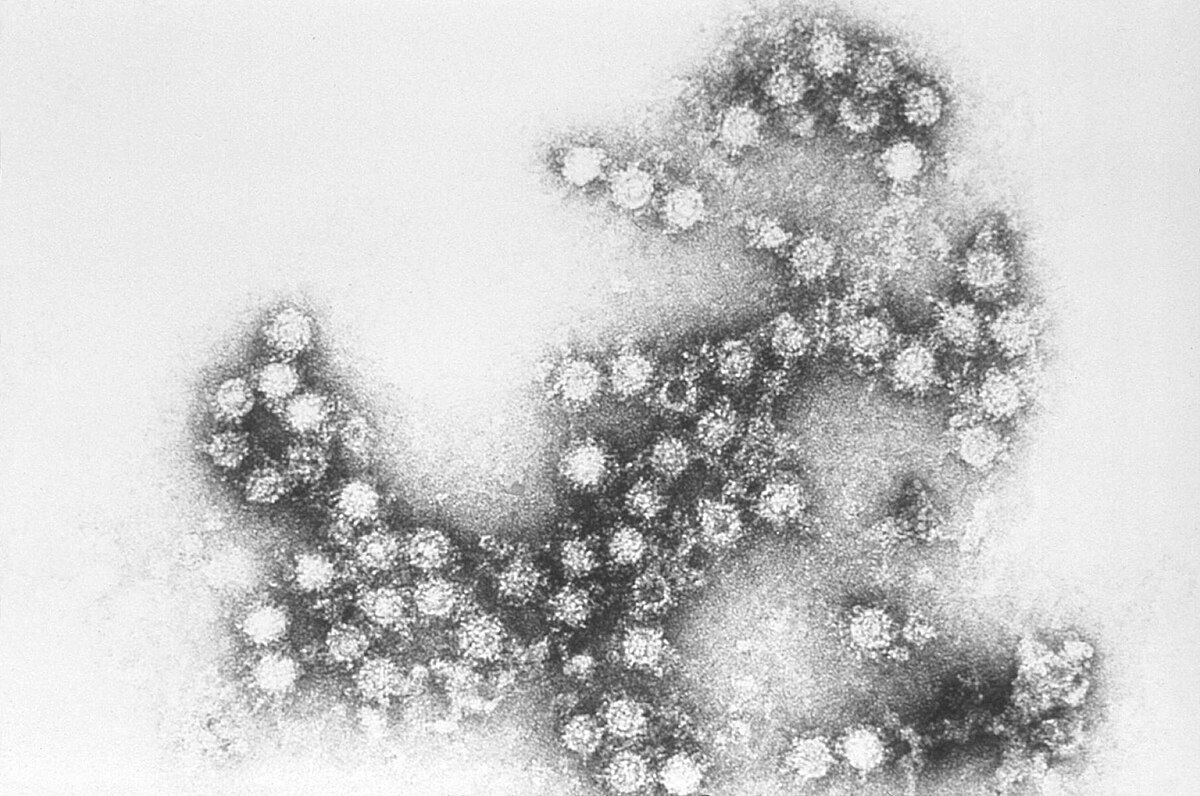Kennedy's (The Real Anthony Fauci) excerpt continues with the "Jesus of HIV."
'At the June 1990 San Francisco AIDS conference, Luc Montagnier made his tectonic announcement that "The HIV virus is harmless and passive, a benign virus." He added that he had discovered that HIV only becomes dangerous in the presence of a second organism. He described a tiny, bacteria-like bug called a mycoplasma. His laboratory had demonstrated that in culture with this new mycoplasma, HIV becomes a vicious killer. Montagnier declared that he now believes that HIV is "a peaceful virus" that becomes lethal only when combined with Mycoplasma infertans.
As Montagnier spoke, Dr. Shyh-Ching Lo sat in the audience, basking in vindication. Dr. Lo's important new ally, Montagnier, the Nobel Laureate of AIDS, had independently discovered the same mycoplasma and concluded, like Lo, that it was the primary cause of the immune system collapse known as AIDS. The two had not shared their data. Separately, they had made the same earthshaking discovery four months apart.'
(Here Kennedy likely means "four years apart.")
'In April of that year, Montagnier published his findings in Research in Virology, reporting that HIV and the microscopic pathogen
react together, causing the body's cells to burst. Even more exciting, he had discovered that in his test tubes, tetracycline stopped the mycoplasma's destruction entirely in its tracks. Montagnier's findings had transformative applications for AIDS treatment. They suggested that AIDS could be effectively treated and demolished with common patent-expired antibiotics instead of deadly and expensive chemotherapy concoctions.
At the San Francisco conference, Dr. Lo was almost the only personin the room who was excited. Of the twelve thousand people who attended the conference, only two hundred attended Montagnier's talk, and almost half of them exited before he finished. Characteristically, the multibillion-dollar international research and development establishment opted to ignore the discovery.
Peter Duesburg: "There was Montagnier, the Jesus of HIV, and they threw him out of the temple."
"Who were these people who are so much wiser, so much smarter than Luc Montagnier?" asks Harry Rubin, the dean of American retrovirology. "He became an outlaw as soon as he started saying that HIV might not be the only cause of AIDS."
When asked for an interview concerning Dr. Lo's work, NIAID director Anthony Fauci said through spokesperson Mary Jane Walker that he "will not talk about mycoplasma or any other AIDS cofactor." '
(Kennedy, op cit pp. 235-6)
'At the June 1990 San Francisco AIDS conference, Luc Montagnier made his tectonic announcement that "The HIV virus is harmless and passive, a benign virus." He added that he had discovered that HIV only becomes dangerous in the presence of a second organism. He described a tiny, bacteria-like bug called a mycoplasma. His laboratory had demonstrated that in culture with this new mycoplasma, HIV becomes a vicious killer. Montagnier declared that he now believes that HIV is "a peaceful virus" that becomes lethal only when combined with Mycoplasma infertans.
As Montagnier spoke, Dr. Shyh-Ching Lo sat in the audience, basking in vindication. Dr. Lo's important new ally, Montagnier, the Nobel Laureate of AIDS, had independently discovered the same mycoplasma and concluded, like Lo, that it was the primary cause of the immune system collapse known as AIDS. The two had not shared their data. Separately, they had made the same earthshaking discovery four months apart.'
(Here Kennedy likely means "four years apart.")
'In April of that year, Montagnier published his findings in Research in Virology, reporting that HIV and the microscopic pathogen
react together, causing the body's cells to burst. Even more exciting, he had discovered that in his test tubes, tetracycline stopped the mycoplasma's destruction entirely in its tracks. Montagnier's findings had transformative applications for AIDS treatment. They suggested that AIDS could be effectively treated and demolished with common patent-expired antibiotics instead of deadly and expensive chemotherapy concoctions.
At the San Francisco conference, Dr. Lo was almost the only personin the room who was excited. Of the twelve thousand people who attended the conference, only two hundred attended Montagnier's talk, and almost half of them exited before he finished. Characteristically, the multibillion-dollar international research and development establishment opted to ignore the discovery.
Peter Duesburg: "There was Montagnier, the Jesus of HIV, and they threw him out of the temple."
"Who were these people who are so much wiser, so much smarter than Luc Montagnier?" asks Harry Rubin, the dean of American retrovirology. "He became an outlaw as soon as he started saying that HIV might not be the only cause of AIDS."
When asked for an interview concerning Dr. Lo's work, NIAID director Anthony Fauci said through spokesperson Mary Jane Walker that he "will not talk about mycoplasma or any other AIDS cofactor." '
(Kennedy, op cit pp. 235-6)



